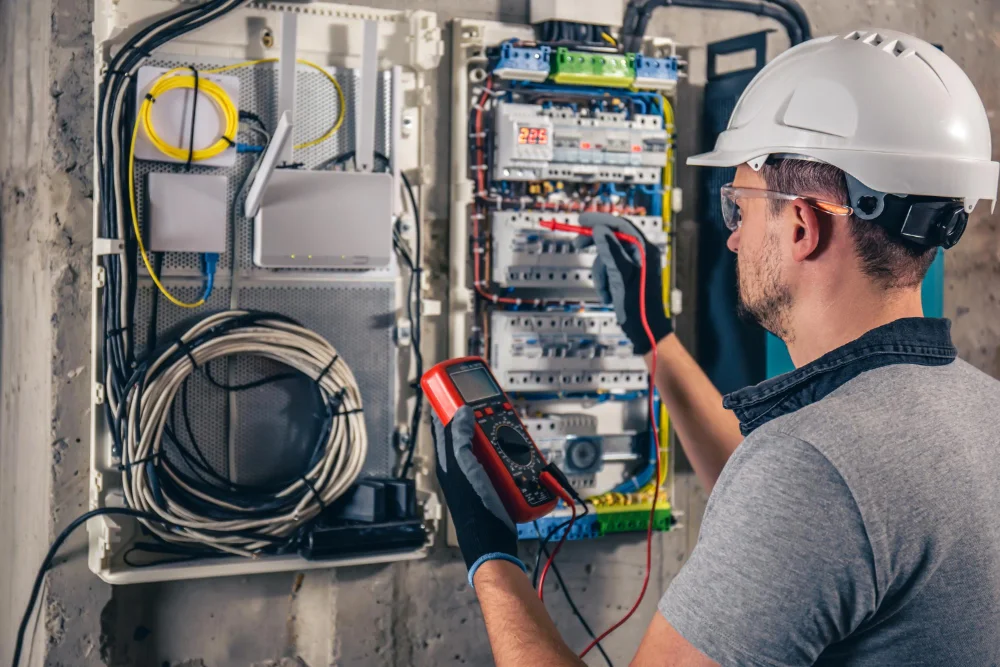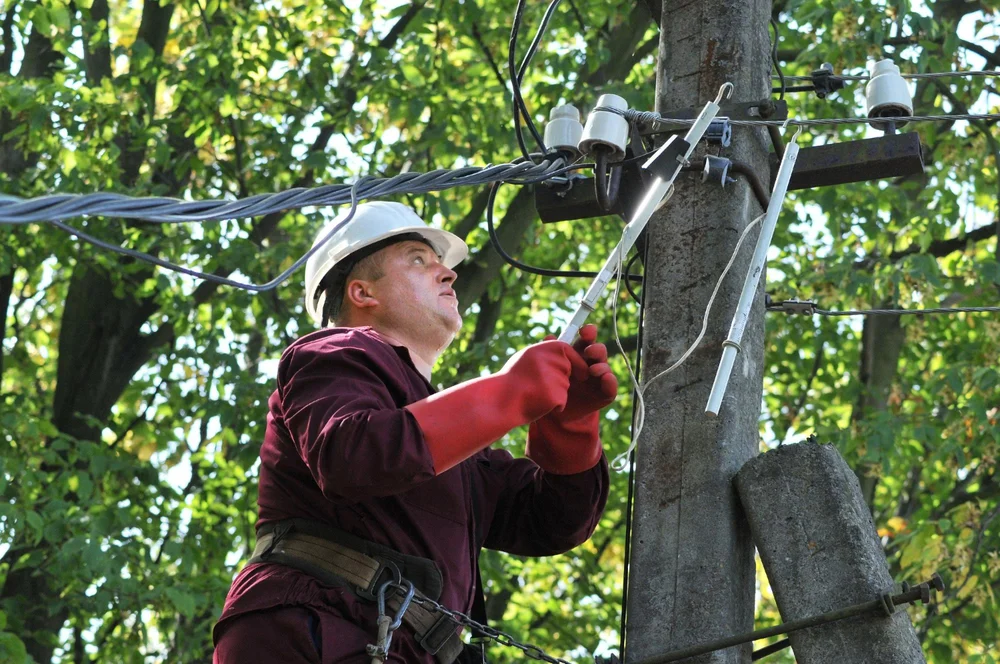Symmetrisation of currents and voltages in LV networks
 Symmetrisation of currents and voltages
Symmetrisation of currents and voltages
The rapid growth of photovoltaic installations contributes to the occurrence of significant voltage fluctuations in the network. Therefore, one of the key challenges is to ensure the possibility of appropriate voltage regulation and, depending on the situation in a given network, their symmetrisation. For this purpose, modern solutions are used that contribute to increasing the level of flexibility of the LV network. What are these solutions and what are their characteristics?
Data from the Energy Regulatory Office indicate that the number of new photovoltaic installations in Poland is still growing dynamically. Although the market is gradually becoming saturated, many new installations are still appearing. In January 2025, over 7.6 thousand of them were built, and in the period from January 2024 to January 2025, the capacity of solar installations in Poland increased by over 25% year-on-year.
Current asymmetry in the network
The development of renewable energy sources, a clearly positive phenomenon, brings with it certain challenges and consequences for the network. In the scheme that has been in force so far, distribution system operators assumed symmetrical load conditions for the LV network in the network planning process, assuming a certain average energy consumption, evenly from the three phases. In modern power engineering, however, this assumption is burdened with numerous risks. Currently, the design of power networks must take into account the characteristics of the production process and energy consumption. Why are they so important?
The growing number of RES micro-installations means that during periods of high solar radiation, PV systems simultaneously generate electricity, which, if the recipient cannot use it, is directed to the grid. Due to the fact that distribution system operators have no influence on which phase the prosumer is connected to, an asymmetry of phase currents appears in the grid. One solution is to turn off the inverter in the photovoltaic installation, in a situation where the best conditions for its efficient operation potentially prevail. This is an undesirable situation, as it undermines the sense and profitability of investing in renewable energy sources.
On the other hand, the model of functioning of energy recipients is also changing. For example, the growing number of electric cars and their home charging means that during night hours, where the level of consumption was previously relatively low, an asymmetry of load currents may appear. These fact contribute to a situation in which compensation of current asymmetry is needed.
Current asymmetry compensation
Voltage increases in power lines with connected photovoltaic micro-installations above the values permitted in standards are one of the most serious challenges. Generation asymmetry caused by uneven distribution of PV sources can cause current flow in the neutral wire with even twice the value of the single-phase current, which causes energy losses and voltage increase at the recipient’s connection point. Therefore, compensation of current asymmetry or symmetrisation of line currents is an extremely important issue in modern energy. For this purpose, different solutions are used that make it possible to regulate the voltage in the LV network:
- voltage regulators
- symmetrising transformers
- current symmetrisers
- energy storage
Voltage regulators
Voltage regulation in the LV network is possible using specialist devices designed for use in low-voltage networks, such as LVRS regulators (low-voltage regulation system). Their operation involves the use of additional single-phase transformers in each phase. They operate by directing the additional voltage on the side of the regulated circuit opposite to or in line with the supply voltage, increasing or decreasing the voltage in the circuit.
Voltage regulators should be installed in a place that results from the analyses and calculations carried out, i.e. in a place from which problems with the voltage value appear. The selection of the installation location of the regulators is also extremely important for recipients located on the side of the power supply station due to the potential increase in voltage in the case of installed PV. It should be noted that the operation of the regulator is bidirectional, i.e. in the case of a classic load it can increase the voltage, and in the case of sources it can decrease it. These are modular devices, thanks to which they can be placed both inside the substation and outdoors, and their installation is easy.

Symmetric transformers
A symmetric (balancing) transformer (so-called zigzag) allows for balancing phase currents by reducing the current in the neutral wire. The effect of a balancing transformer is to reduce the voltage asymmetry that occurs by equalizing the flow of phase currents. The limitation of these transformers is the fact that they are passive devices, i.e. those that do not allow for the “injection” of currents in a smooth (controllable) manner.
Current symmetriser
Nowadays, one of the more effective solutions that eliminate the disadvantages of the symmetrical transformer are current symmetrisers. A device, using an active current symmetriser, demonstrates higher operating efficiency and high effectiveness on the power line from the source to the location where the symmetriser is installed. Depending on requirements, the device can be installed either at the transformer station or deep into the LV network. It should be noted that almost in all cases the installation location is deep in the network.
The power electronic symmetriser regulates the currents flowing from the network to the load in such a way that symmetrical phase currents flow in the network and the current in the neutral conductor is zero or close to zero. This reduces voltage drops on the line. Today’s electricity network design can include the use of a symmetriser made of high-quality power electronic components to reduce the risk and cost of maintaining the network.
Energy storage
Energy storage is also a solution that helps to reduce the risk resulting from the fluctuating model of energy production characteristic of renewable energy sources. An energy storage can accumulate energy generated during the peak production period, so that it can be used when additional demand for energy appears from recipients. This is illustrated by the previously given example of a photovoltaic installation and charging an electric car. The energy produced during the day and stored in the energy storage can be used for long-term charging of an electric car at night, which helps to reduce the impact of photovoltaic installations on voltage fluctuations within the power grid.